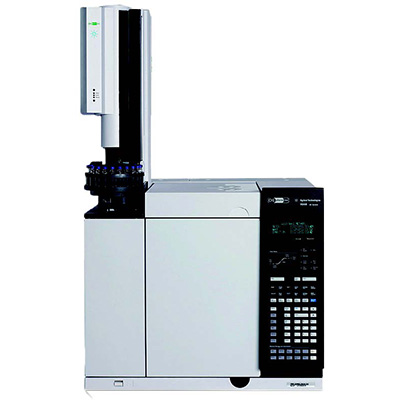

- #ELECTRON CAPTURE DETECTOR MANUAL#
- #ELECTRON CAPTURE DETECTOR VERIFICATION#
- #ELECTRON CAPTURE DETECTOR FREE#
Contact EHS at 335-8518 to arrange for pick up.

#ELECTRON CAPTURE DETECTOR VERIFICATION#
Pack the detector and the completed license verification form in the cardboard return box sent with the detector originally.Complete and sign the license verification form available from the ECD vendor.Plug the entrance fitting and cap the vent tube.Wipe off any external chemicals or debris with a clean, dry cloth.
#ELECTRON CAPTURE DETECTOR MANUAL#

Journal of Sensors and Sensor Systems 2017, 6 (2), 381-387. The ECD cannot be modified in any manner (e.g., cutting, drilling), including removing its sheet metal cover. Electron capture detector based on a non-radioactive electron source: operating parameters vs.If the ECD is inadvertently shipped directly to you, do not open the package or use the ECD. Request that the Principal Investigator’s name be placed on the invoice/packing slip. Instruct the vendor or any person or facility to ship the ECD directly to EHS, 311 Grand Avenue, Iowa City, Iowa, 52246-2503.Ni-63 electron capture detectors (ECD) must be registered with EHS at 335-8501.The improved ECD with non-radioactive electron source reaches similar analytical performance compared to commercially available radioactive ECDs and thus can be used as a possible replacement of radioactive ECDs.ĮCD Electron capture detector GC GC detector Gas chromatography Non-radioactive electron source Pulsed ECD.Ĭopyright © 2019 Elsevier B.V. In addition, the detector volume is reduced to 100 μl, leading to faster response times, less memory effects and thus less peak broadening. We now present an improved version of this non-radioactive ECD with significantly increased linear range of 6.5∙10 3 for 1,1,2-trichloroethane by implementing pulsed operation using a newly developed, autonomous control electronics. In addition, the detector volume was too large to be used as a GC detector. However, the linear range was still below that of radioactive ECDs. 1 ppb v (6 ng/l) for 1,1,2-trichloroethane. Recently, we introduced a novel ECD based on a non-radioactive electron source, achieving comparable detection limits, e.g. However, the use of radioactive materials leads to regulatory restrictions regarding purchase, operation and disposal.
#ELECTRON CAPTURE DETECTOR FREE#
The working principle is based on the generation of free electrons at atmospheric pressure, which are usually emitted from a radioactive Ni-63 source. With detection limits in the low ppb v-range, electron capture detectors (ECD) are the most sensitive GC-detectors available for electron affine compounds, such as pesticides or chlorofluorocarbons.


 0 kommentar(er)
0 kommentar(er)
